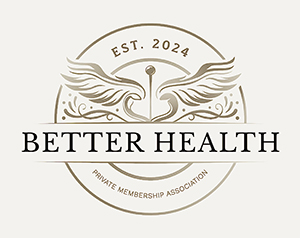Supercharging The Foredom Percussor
I never had the privilege of meeting Dr. Fulford. He passed away two years before I entered medical school. I have heard many stories from people who studied with him. I have been able to watch a few videos of his work. I have read his book and ones published about him. I wish I could have met the man to partake in some of his great wisdom.
One of the things Dr. Fulford brought to osteopathy was the use of the Foredom Percussor…the “percussion hammer” as many people know it. My understanding is that he initially used it to make his workload more bearable during the last World War. It aided him in seeing his patient load. He later found that it had more subtle qualities and used it quite frequently in his later years. Many people studied with Dr. Fulford to learn how to utilize this remarkable tool.
In attending classes on the percussion hammers use, I noticed that two things appeared to be missing from the curriculum. One was the care and maintenance of the tool. After purchasing my own hammer I completely disassembled it (hey I am male and I wanted to know how it worked). During the disassembly and reassembly process, I took pictures of the steps and the tools involved and put together a PowerPoint presentation on how to lubricate and care for the instrument. The presentation covers lubricating the parts of the tool – what kinds of lubricants to use and which not to use. It also covers how to check/replace the bushings in the motor. For any of you that would like a copy please send me an e-mail at the address below.
The other thing that I noticed when using the hammer was that it lacked “finesse” when trying to get just the right motor speed. The solution to this was not part of the class. The unit is shipped from Foredom with a ¾ turn speed control/on/off switch. That is to say, that ¾ of a turn of a knob takes you from about 2 cycles/sec to 4000 cycles/sec of the units head. In my mind that did not allow much precision. Thus, I took apart the motor control and did some modifications. (Notice a theme here?) I replaced the original control with a separate on/off switch and a military spec. 10-turn speed control (potentiometer). Now my unit has 10 full revolutions to get from the slowest to the fastest head speed. This allows for much more precision in finding the right speed for the patient. My experience after the modification is nothing short of amazing. Treatments take less time and are much more specific.
After talking with a colleague who studied with Dr. Fulford extensively, I discovered that he had performed a similar modification with his percussor. Perhaps Dr. Fulford passed along a little inspiration after all.
For anyone who would like to make this modification, please send an e-mail and I will give you more information on how to get me your hammer for service.
